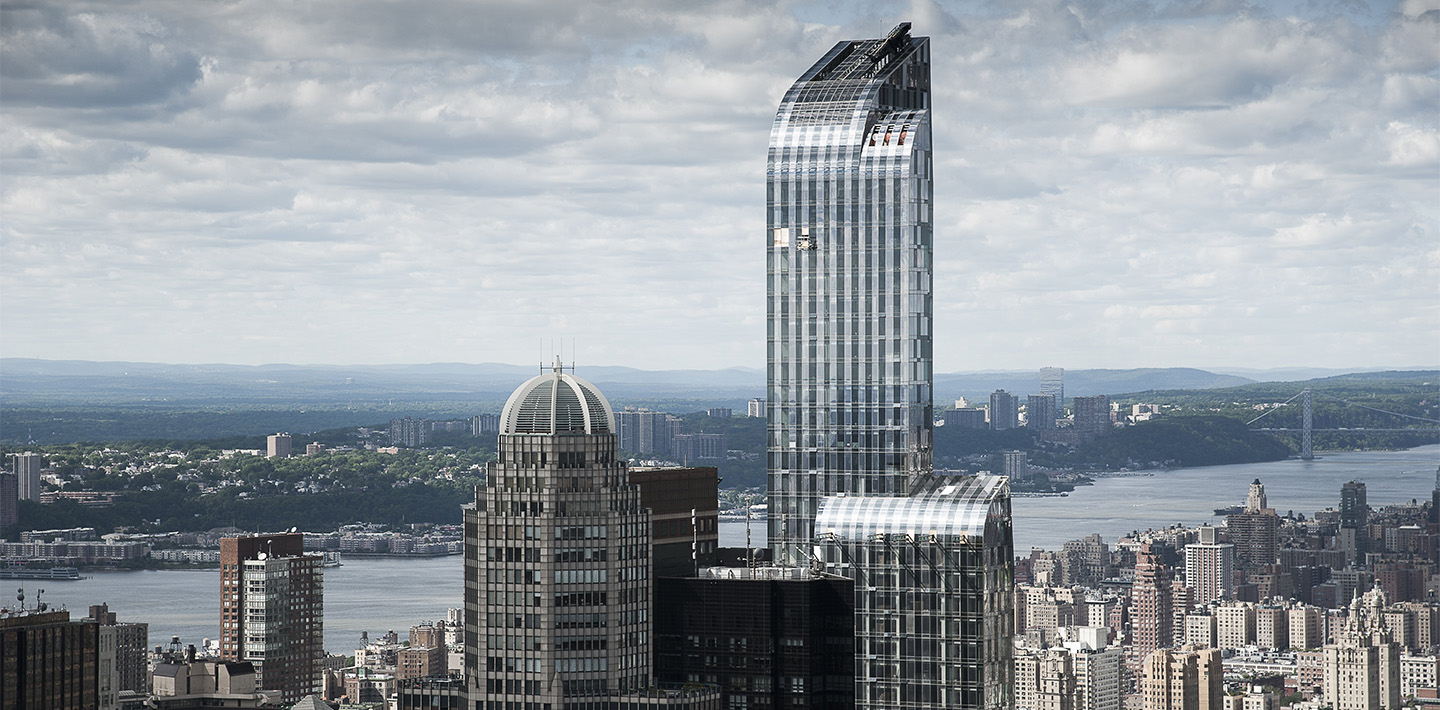Getting rich quickly in real estate may be the stuff of expensive seminars and reality TV. A recent study, however, has shown that for patient buyers, New York City has been able to provide phenomenal wealth.
Rental listing website RentCafe analyzed US census data between the years 2000 and 2016, covering 11,000 zip codes across the country. What it discovered was that rapidly gentrifying New York neighborhoods scored big for price increases. The grit to glitz phenomenon, which has been a touchstone of controversy, has seen neighborhoods in Harlem and Brooklyn (in particular) rise dramatically in value. The displacement of older residents in favor of newer, usually more affluent ones – a consequence of gentrification – has proved contentious.
Coming in at No. 5 on the study was Northeast Harlem (zip code 10039) which is located directly across the Harlem River from Yankee Stadium. It saw its home values rise by 356 percent (from $89,572 to $408,654). Its median income also rose significantly, by 32 percent, along with its proportion of college educated residents, which increased by 168 percent.
Just north of Central Park, in East Harlem, there was a 219 percent increase in median home values, from $228,043 in 2000 to $727,542 in 2016.
In the hipster heavy Brooklyn neighborhood of Williamsburg (zip code 11211), median prices jumped from $330,977 to $882,277. In Greenpoint (11222) they went from $345,515 to $746,373, and in Crown Heights (11216) they catapulted from $285,310 to $839,900. Other notable increases in Brooklyn occurred in Bushwick (11237), which increased from $273,563 to $576,572, and in the shared Bushwick/Bed Stuy zip code of 11221, which saw home values skyrocket from $278,115 to $638,8222.
So, what does all this mean? Well, many brokers will tell you that it’s doubtful such increases will be seen in these neighborhoods again anytime soon. However, with similar properties in Manhattan costing many times the price of those in the outer boroughs and foreign buyers still coveting a piece of the Big Apple, investing in the city and holding on for the long haul should, sixteen years from now, still prove a phenomenal investment.
Last summer real estate investment platform Sharestates crunched numbers on the neighborhoods where it still made sense to buy rather than rent. This, of course, was assuming that excess cash to buy in perennially swanky neighborhoods like Tribeca and the Flatiron District was out of reach. Return on Investment (ROI) and After Repair Value (ARV) were all thrown into the mix and the results saw Richmond Hill come out on top with an ROI of 12 percent. Bed Stuy in Brooklyn was close behind with an 11 percent ROI. Next came Ocean Hill, Brooklyn (10 percent), Longwood in the Bronx (10 percent), and Flatbush (10 percent).
“For the areas experiencing the most development, it may make sense to buy rather than rent at this time (while development is still underway),” said Sharestates CEO Allen Shayanfekr. “Once those areas experience significantly less vacancy, the price points will change dramatically.” As they always do.

